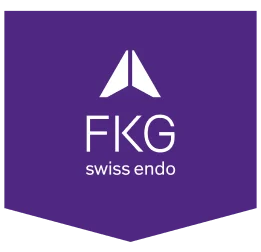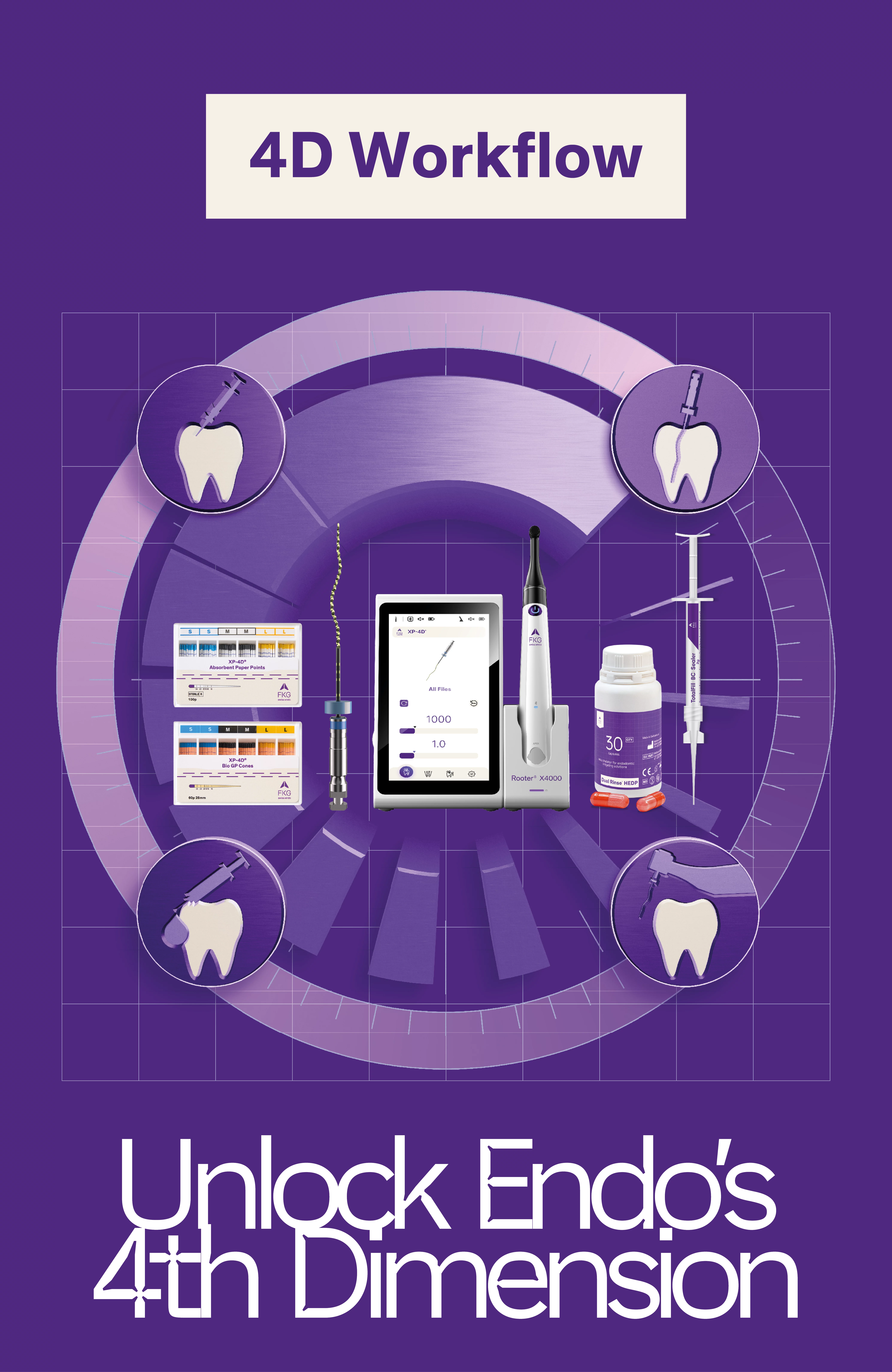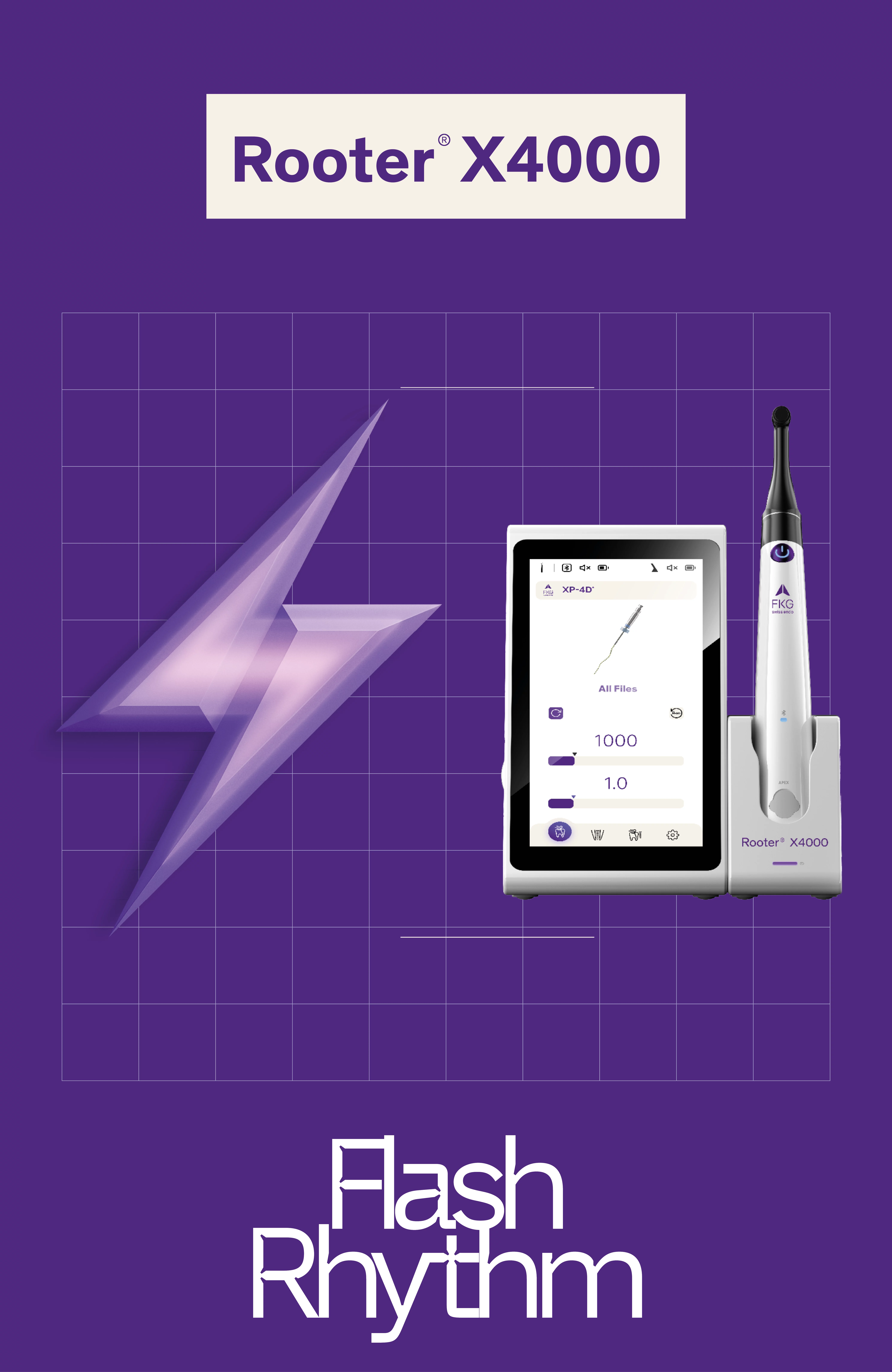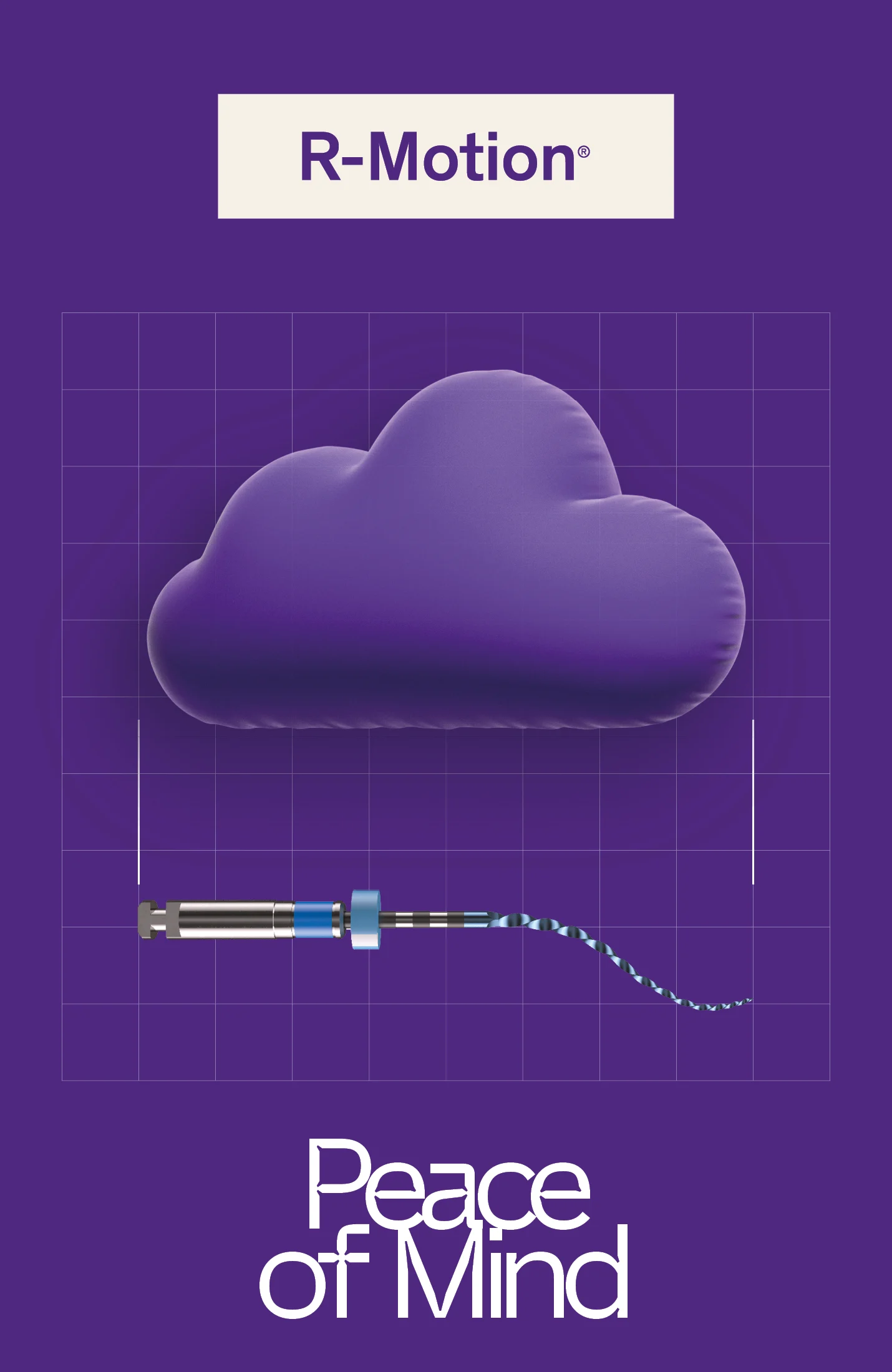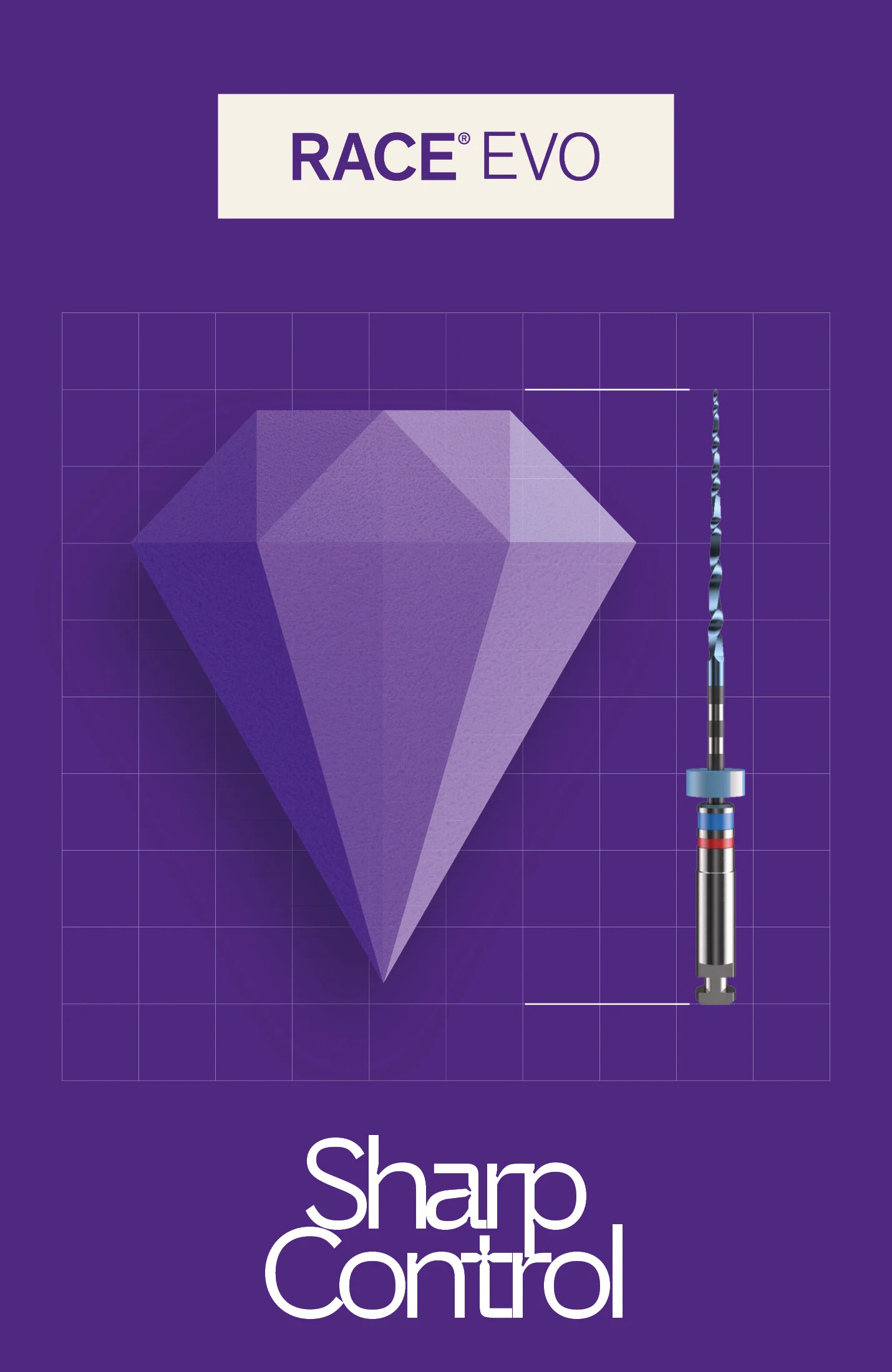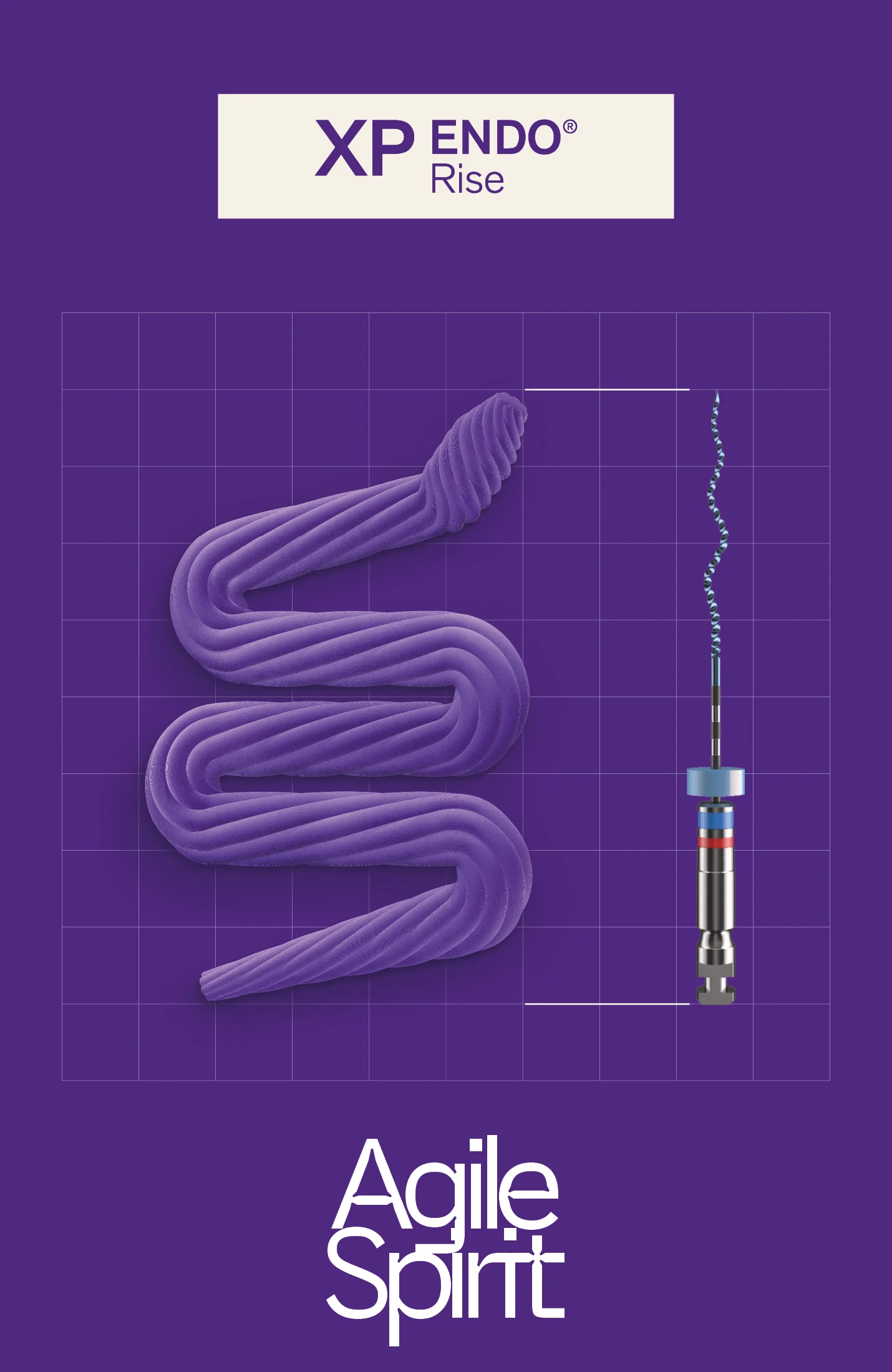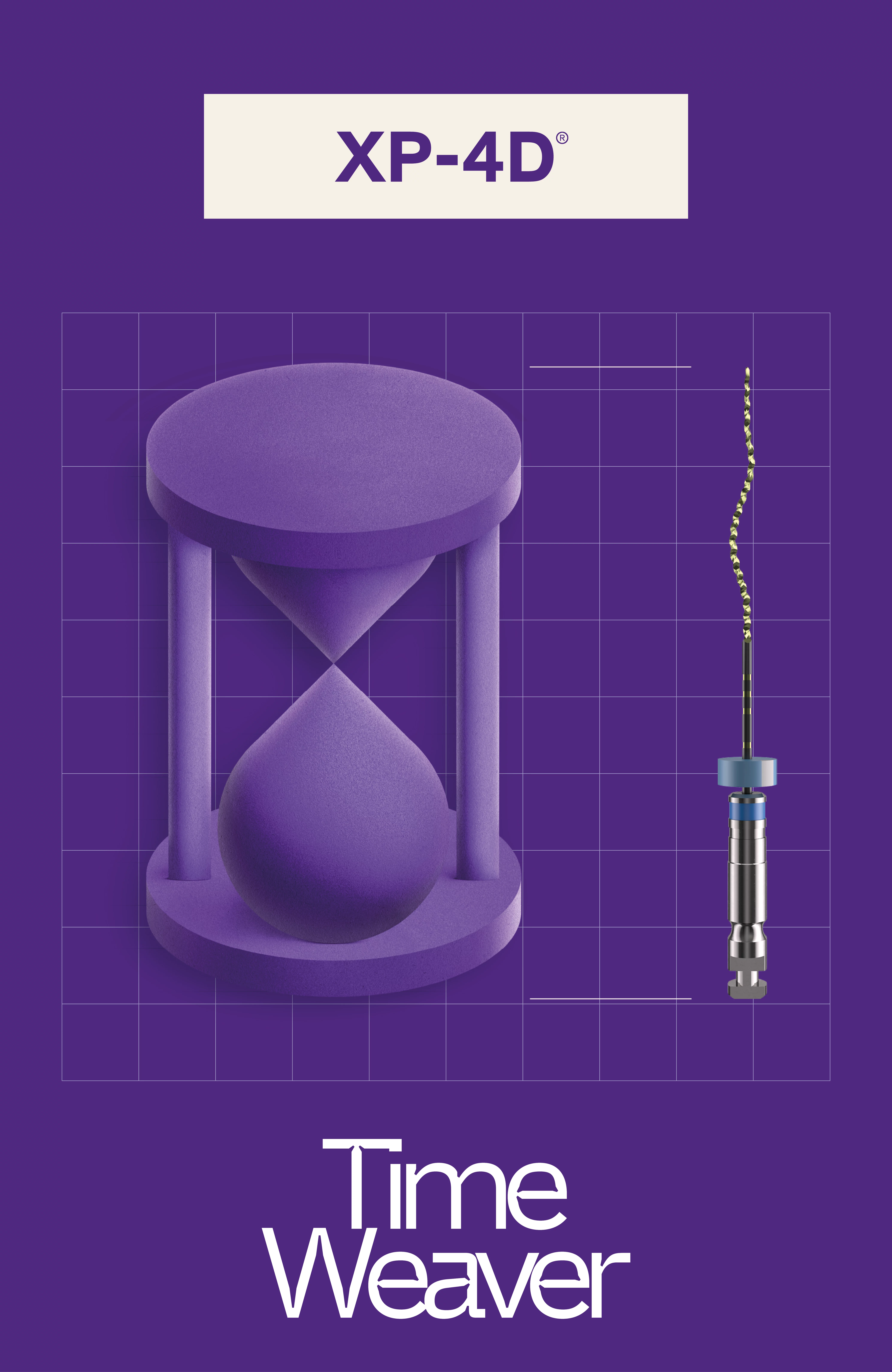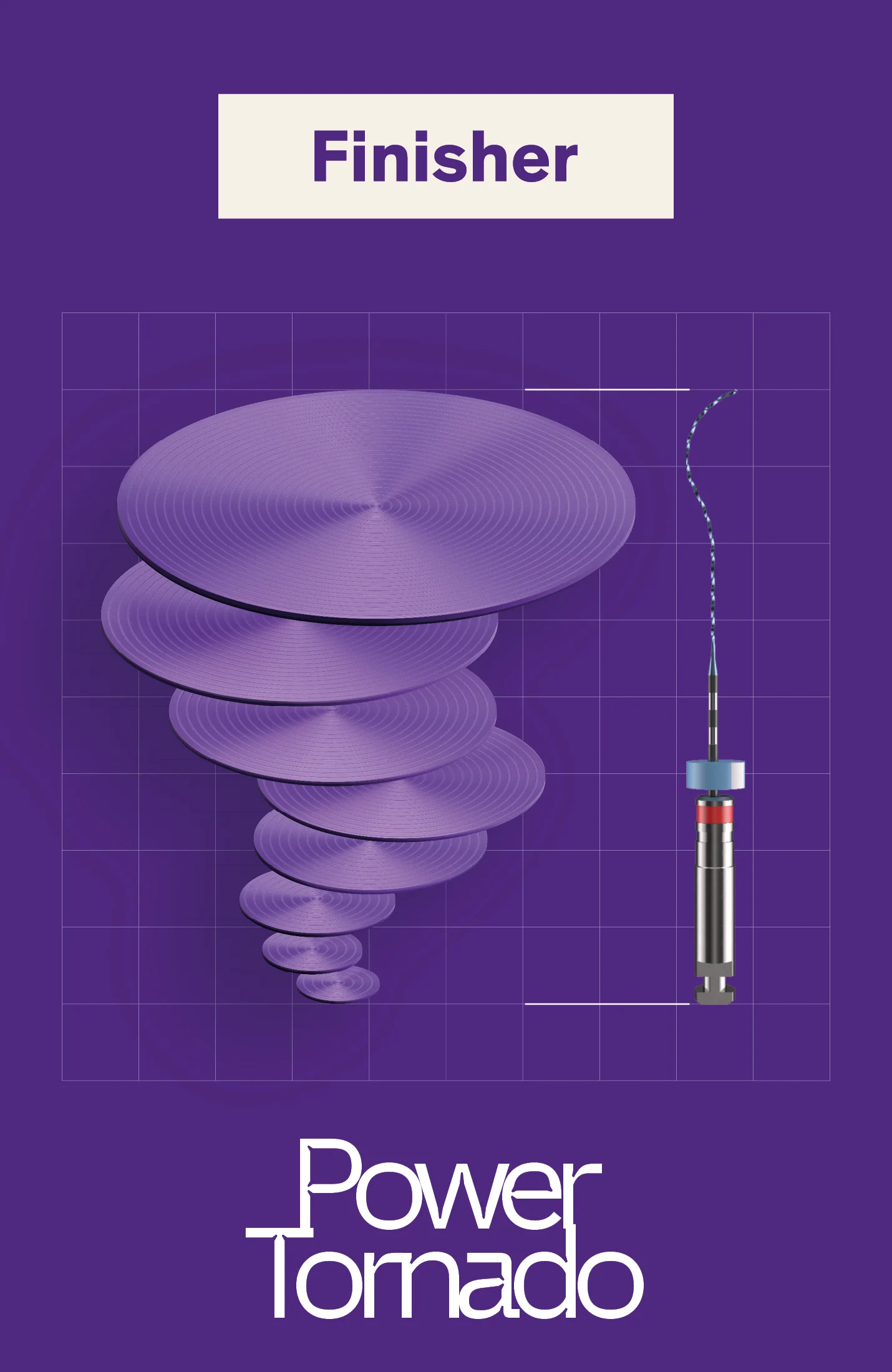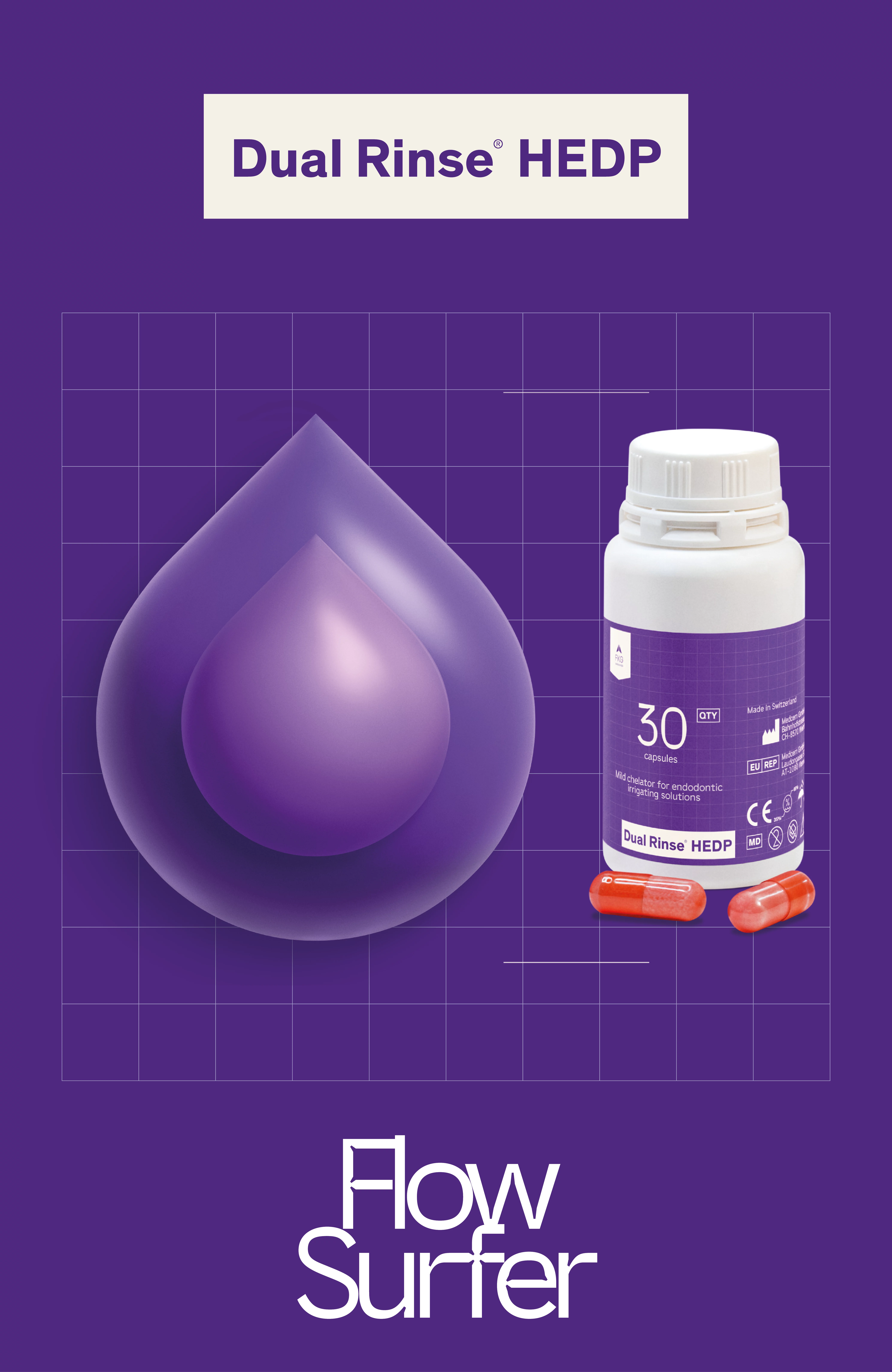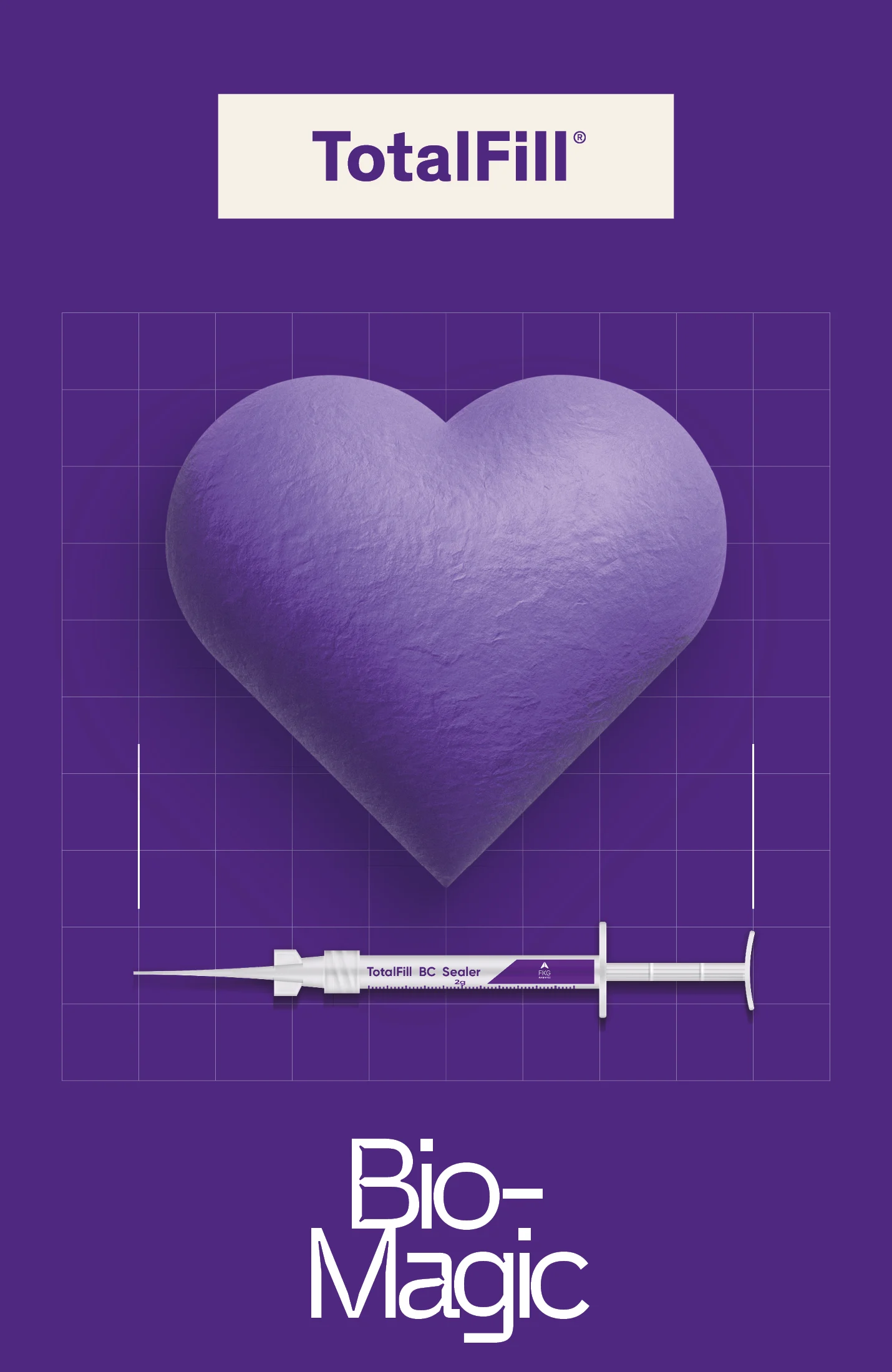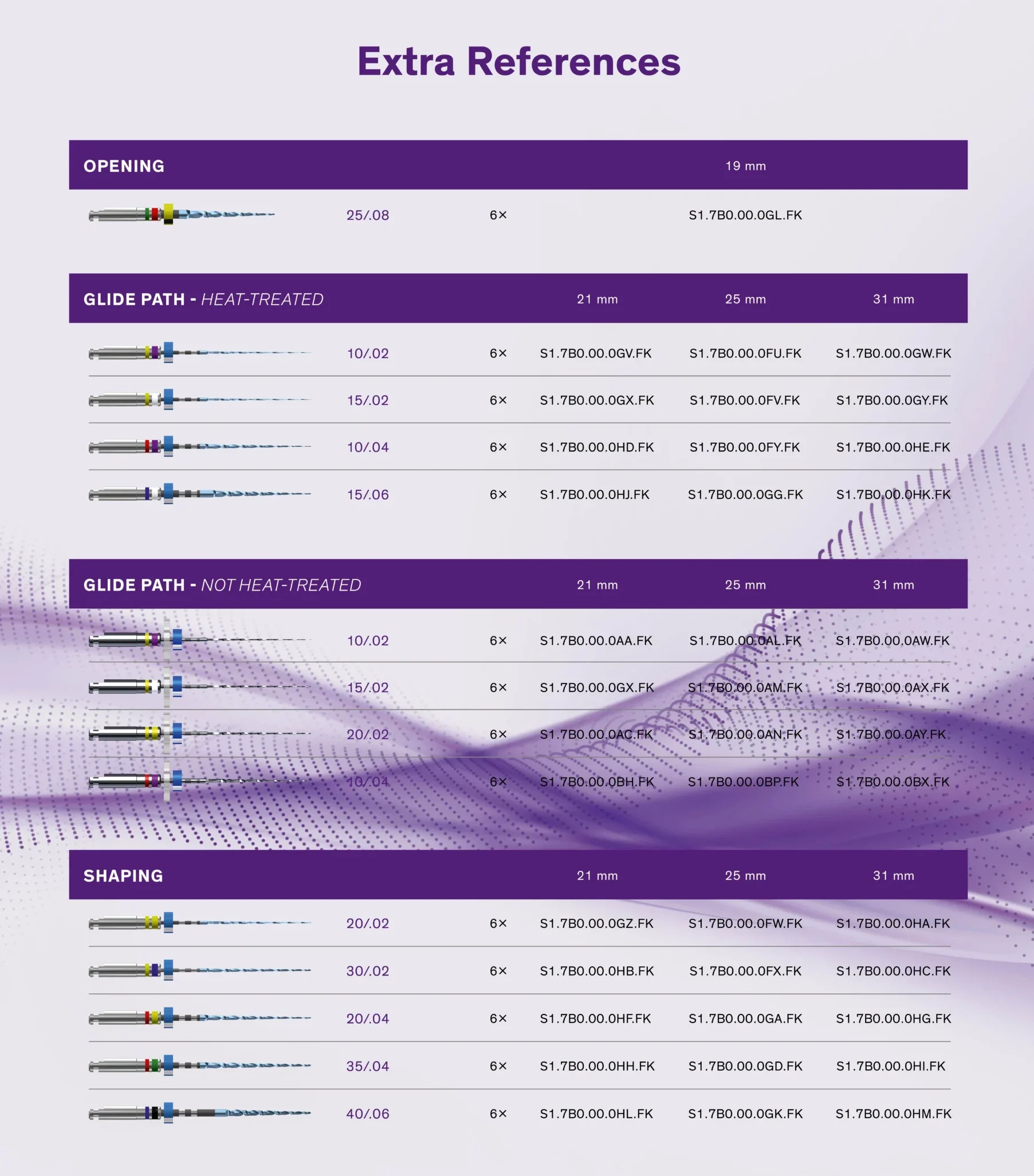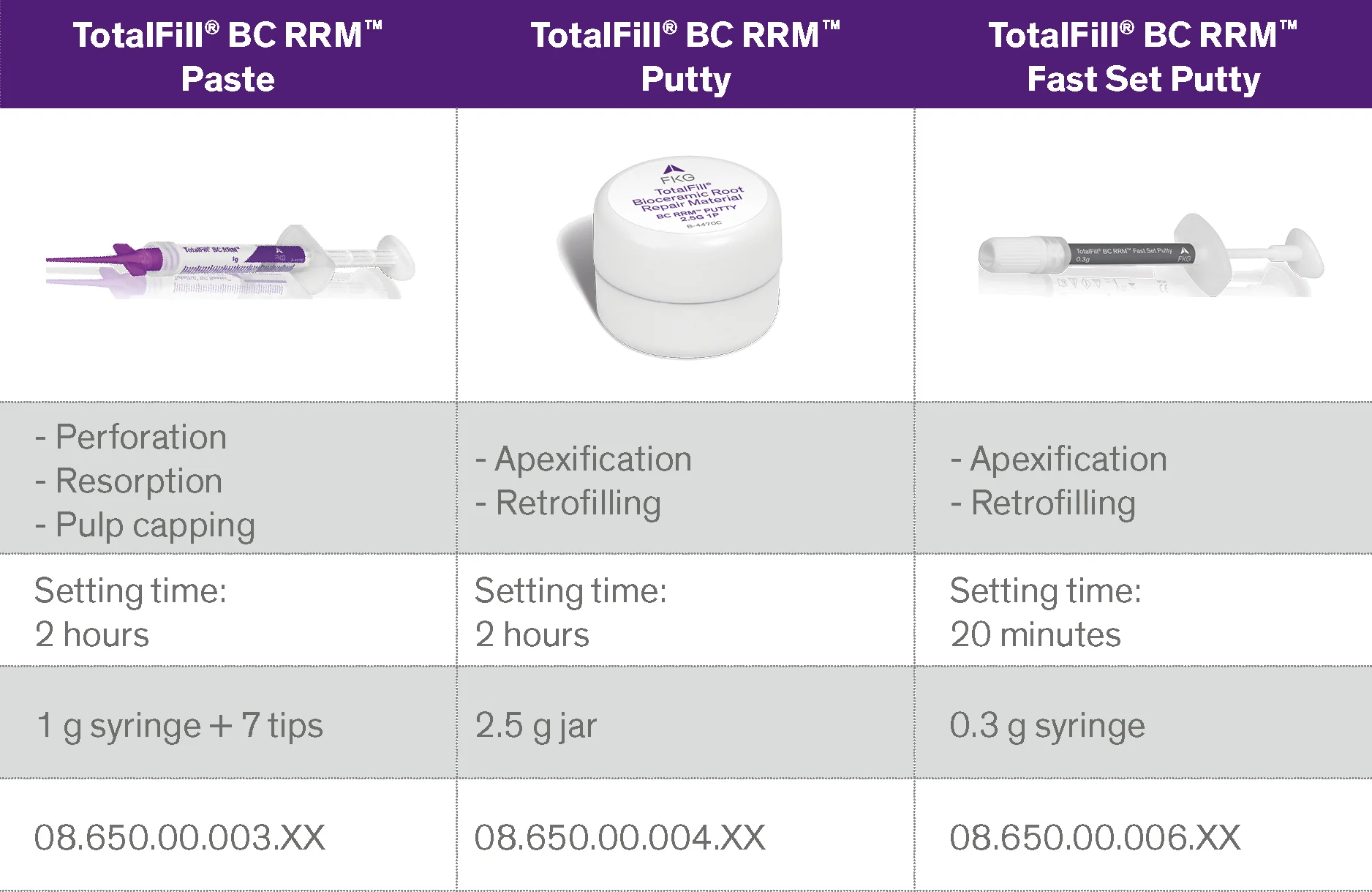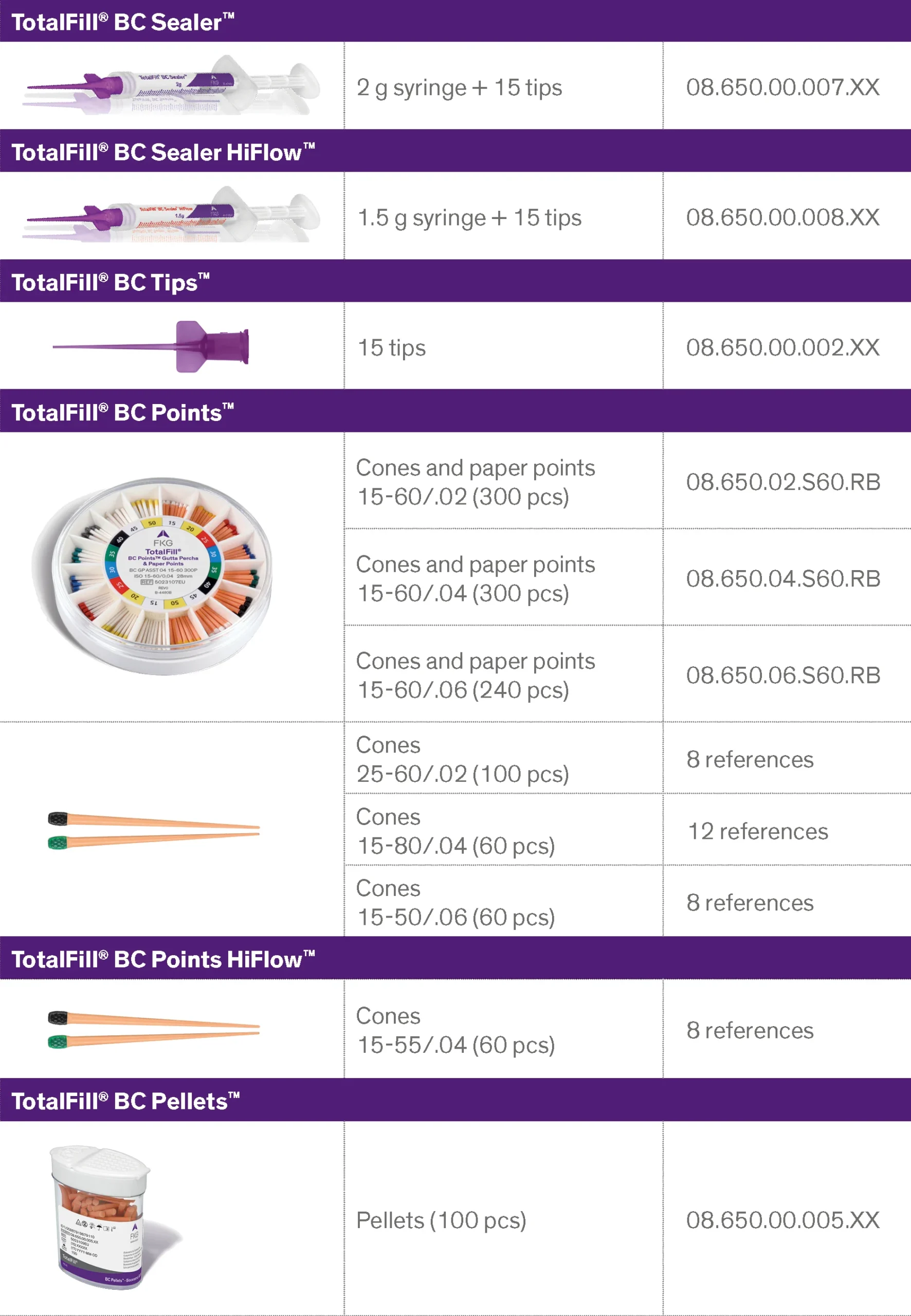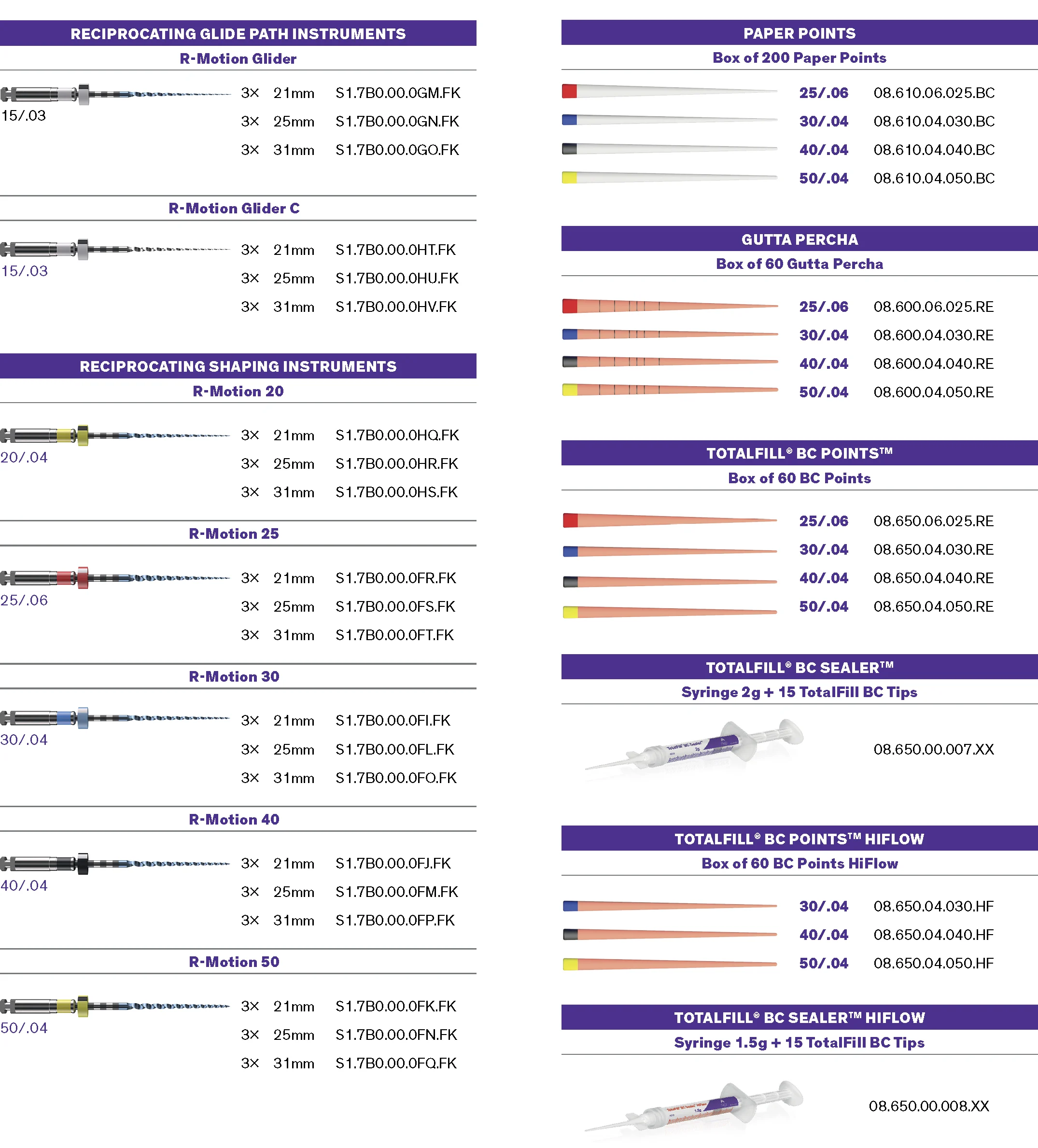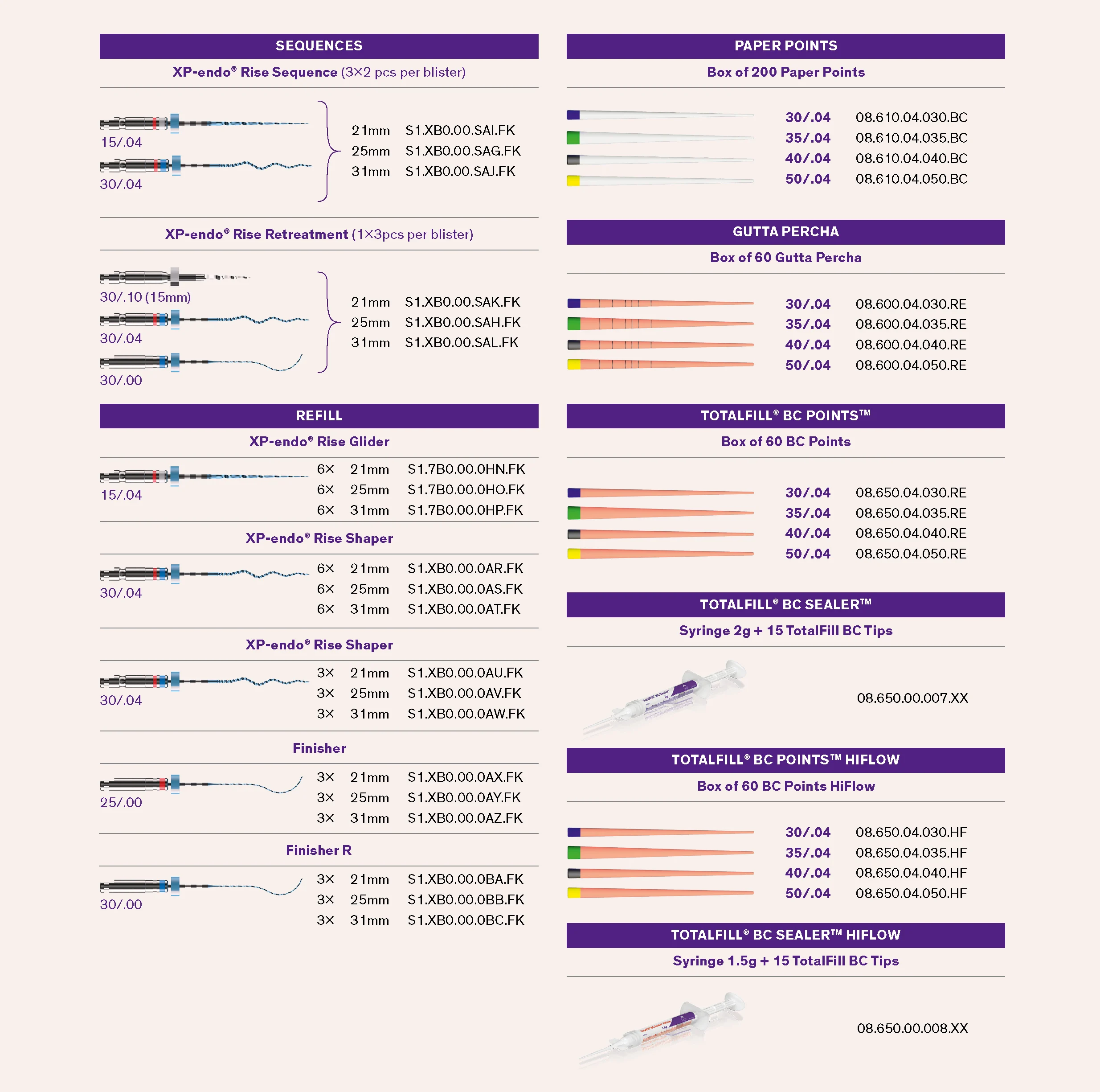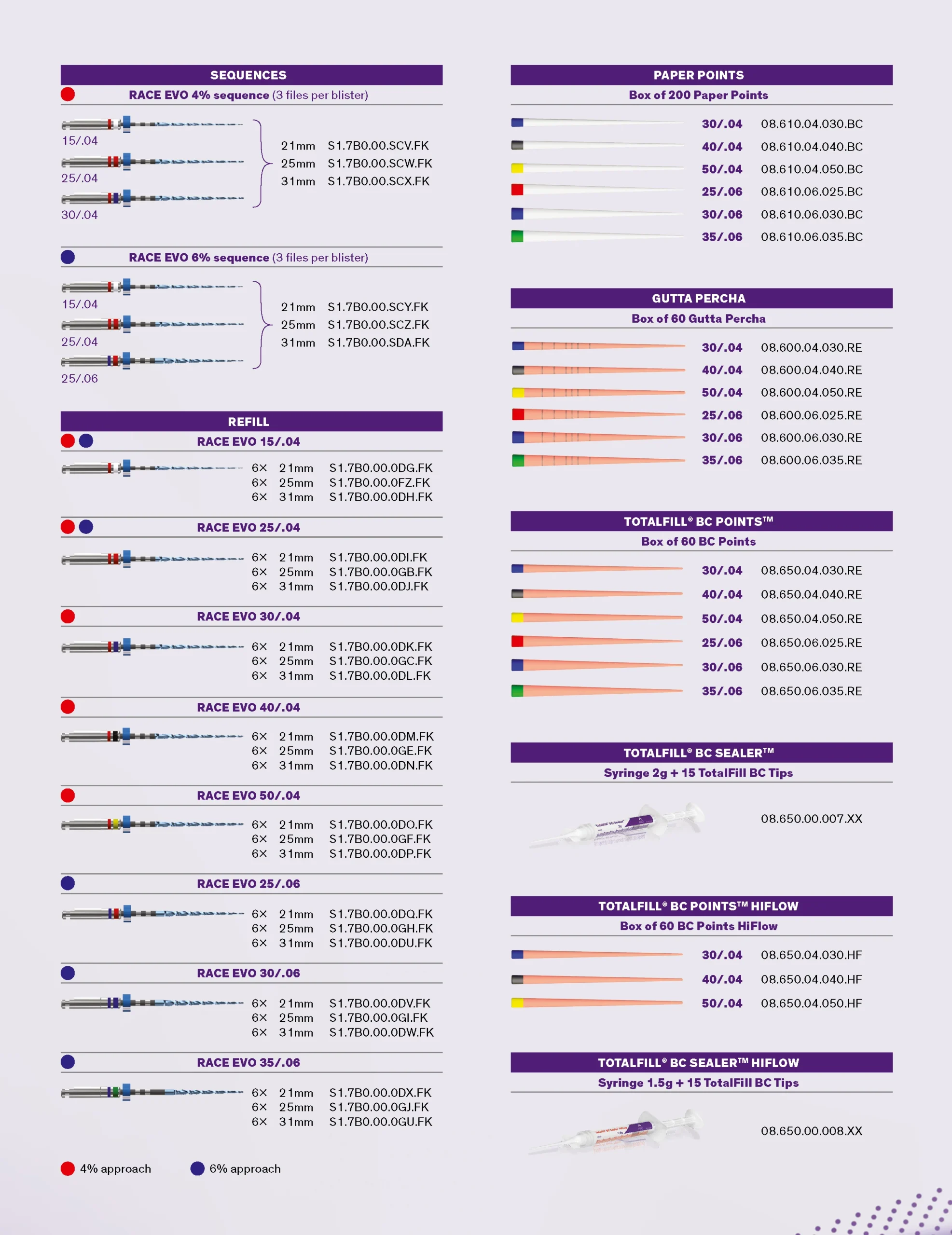Unlock
Endo’s 4th
Dimension
Redefining procedure duration
with anatomical precision.
The 4D Workflow:
A streamlined approach for
anatomically predictable results.
Clinicians often face a difficult balance: achieving consistent clinical outcomes while managing limited time and complex procedures. Traditional methods involve compromises — fast procedures may sacrifice precision, while accurate results typically require more time, steps, and handling.
The 4D Workflow changes that.
By combining the four fundamental pillars of endodontics into one seamless, intuitive process through four key products, the 4D Workflow makes it possible to achieve clinical outcomes — quickly, predictably, and with confidence.
Shaping

streamlines the shaping phase with a minimal number of files designed to adapt to the canal anatomy, delivering anatomically predictable results.
Equipment

simplifies setup and operation with one-touch presets, and intuitive navigation via a large, high-resolution touch screen.
Irrigation

combines chelation and disinfection in a single solution, optimizing handling and saving time.
Obturation

offers a pre-mixed bioceramic sealer for a single-cone technique, allowing fast, effective obturation with a durable seal.
Unlock the 4D Workflow
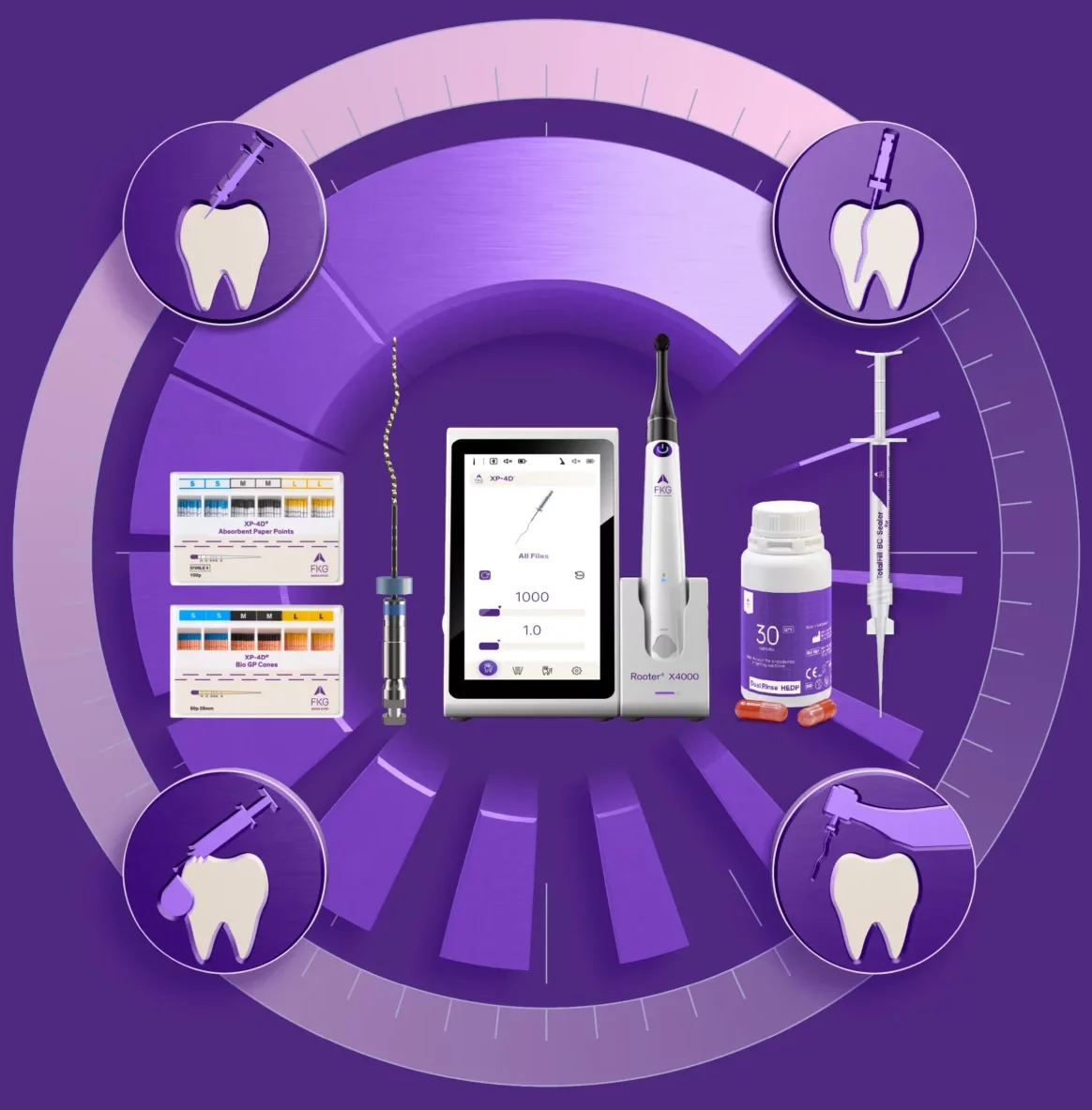
The 4D Workflow brings together the four pillars of modern endodontics—shaping, equipment, irrigation, and obturation—into one streamlined system. It simplifies every step, shortens procedure time, and delivers consistent, anatomically accurate results with confidence and ease.
From complexity to simplicity
“The new 4D workflow is truly a game changer. From start to finish, it’s built around three essential goals: simplicity, efficiency, and predictability. The motor streamlines the process, with simple one step presets. The new file system is incredibly efficient, by reducing the number of files needed, as well as coming with matched with Bio Gutta Percha cones and paper points. Then there’s irrigation—which has never been easier—with one treatment being all you need. And with the bioceramic sealer, obturation is straightforward and reliable. Every component is designed to work seamlessly together, and the result is a workflow that saves time, reduces stress, and delivers consistent outcomes.
I’m so happy I made the change.”
Dr. Adham Azim
DDS, BDS / San Francisco
Shaping
XP-4D
XP-4D simplifies multi-step sequences, providing anatomically predictable shaping that seamlessly adapts to each case, optimizing efficiency with matching Bio Gutta Percha Cones and Absorbent Paper Points.
Equipment
Rooter X4000
The Rooter X4000 endomotor’s intuitive design streamlines setup and procedures with one-touch presets, adaptive torque control, and wireless freedom—delivering precise results and ensuring smooth, uninterrupted performance.
Irrigation
Dual Rinse HEDP
Dual Rinse HEDP ensures continuous chelation and disinfection during shaping, maintaining a smooth, consistent, and highly efficient workflow. With all functions concentrated in a single product, handling is optimized for greater simplicity and ease.
Obturation
TotalFill
TotalFill, with its pre-mixed bioceramic sealer and single-cone technique, completes obturation quickly while ensuring a durable seal and providing clinical confidence.
Frequently asked questions
1. How is the 4D Workflow different from traditional endodontic techniques?
The 4D Workflow replaces complex, fragmented protocols with a set of products that work in harmony across all treatment phases. This integration reduces handling, simplifies the process, and saves time—while ensuring effective shaping, cleaning, and sealing.
2. Can the 4D Workflow be used on all types of cases, including complex anatomies?
Yes. The system is designed to adapt to natural canal anatomy, even in challenging or curved canals. The shaping files and irrigation solutions work together to respect the tooth’s structure, delivering predictable results across a wide range of cases.
3. Does adopting the 4D Workflow require new training or equipment?
Minimal training is needed—most clinicians can integrate the workflow quickly thanks to its intuitive design and simplified steps. The system uses familiar tools like the Rooter X4000 endomotor and matching obturation materials, so transitioning is easy and efficient.
4. How does the 4D Workflow improve efficiency without compromising treatment quality?
The 4D Workflow reduces the number of handling steps throughout the treatment by integrating a fully harmonized ensemble of products—XP-4D shaping system, Rooter X4000, Dual Rinse HEDP, and TotalFill. Each product delivers strong individual value at its own stage of the procedure, collectively enabling a more streamlined process that maintains a high level of clinical performance from shaping to obturation.
